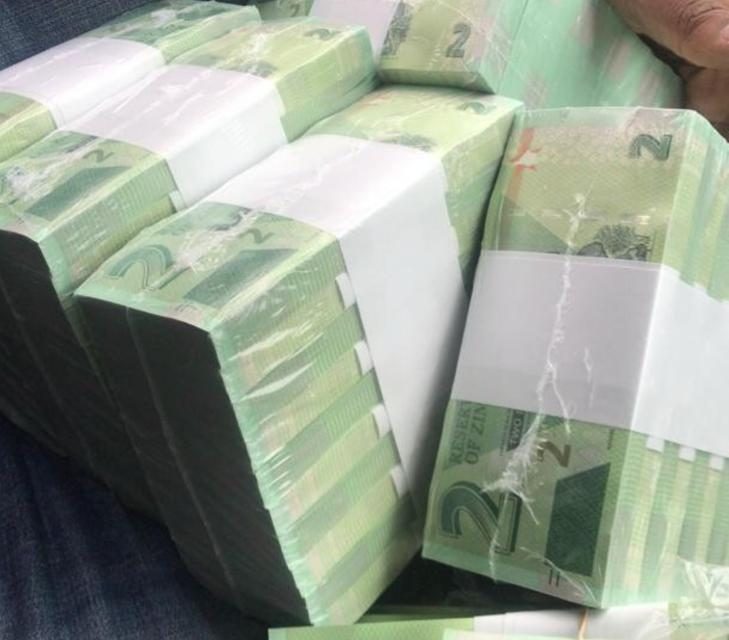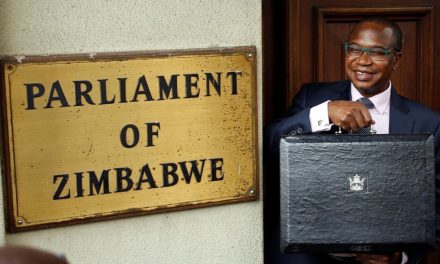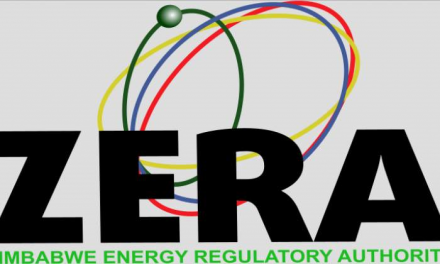On Monday the 11th’ the day the new Zimbabwean Dollar notes were meant to arrive an article went out stating that there is nothing new here. Time reveals all and in Zimbabwe, we seem to be working at an accelerated pace when it comes to time revealing problems. Firstly the notes did not in fact on the proposed day but a day after. No sooner than the new notes been released did we see long queues to withdraw the maximum allowed $300 per day. But that was not all as images surfaced of black market traders with fresh wads of the new $2 notes.
New notes delayed
The notes were scheduled to arrive on Monday the 11th but failed to make it to the people. Some publications attempted to fool the masses with images of new notes but unfortunately, the notes had “Bond Note” printed on them, the only difference between the new notes and the bond notes is the absence of those words. We were given the flimsy excuse of there being processes to follow.
New notes flood the street
It didn’t take long for pictures to emerge of wads of unopened fresh $2 bond notes in the possession of what are believed to be parallel market foreign currency traders. Citizens queued for hours on Tuesday and Wednesday to withdraw their threshold but the parallel market appeared to have it in wads. As I said before there is nothing new here. This first batch believed to be $30 million seems to be going the way of the notes before it.
RBZ fumes over images and promises action
Dr John Mangudya, when questioned about the images of the new notes in the possession of street traders in such large quantities, fumed. “Preliminary evidence suggests the money was released through the formal banking system and the perpetrator will be heavily fined,” said Dr Mangudya. At the mining stakeholders breakfast, Mangudya had reiterated that the new notes would not cause inflation as they would be swapped for RTGS balances already held. Well, he has another think coming.

Parallel markets after a period of relative stability showed some reaction to the arrival of the new notes. I pointed out in the last article on the exchange rates that the announcement of the new notes gave us reason to watch the parallel market cash rate. There was a quick spike in that rate from 13.3 on Monday to 15.3 on Wednesday. On the verge of catching up with the interbank rate which up till now has been an electronic money rate. The electronic parallel rate moved marginally. What this suggests is that there is a greater supply of cash notes demanding US dollars. The cash is not in the hands of the people, at least not in large quantities.
Nothing new here
So the parallel market is awash with the new notes’ citizens queue for hours for their cash and the Reserve Bank of Zimbabwe has promised to take action against “cash barons”. No’ this is not de Ja Vu, this is Zimbabwe. The beat to the song hasn’t changed at all.








